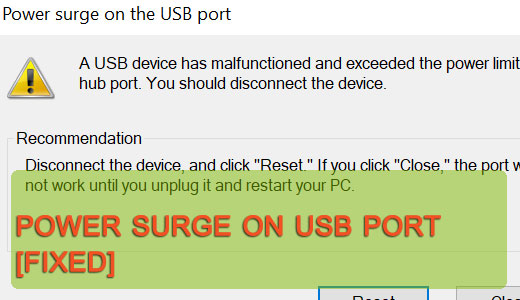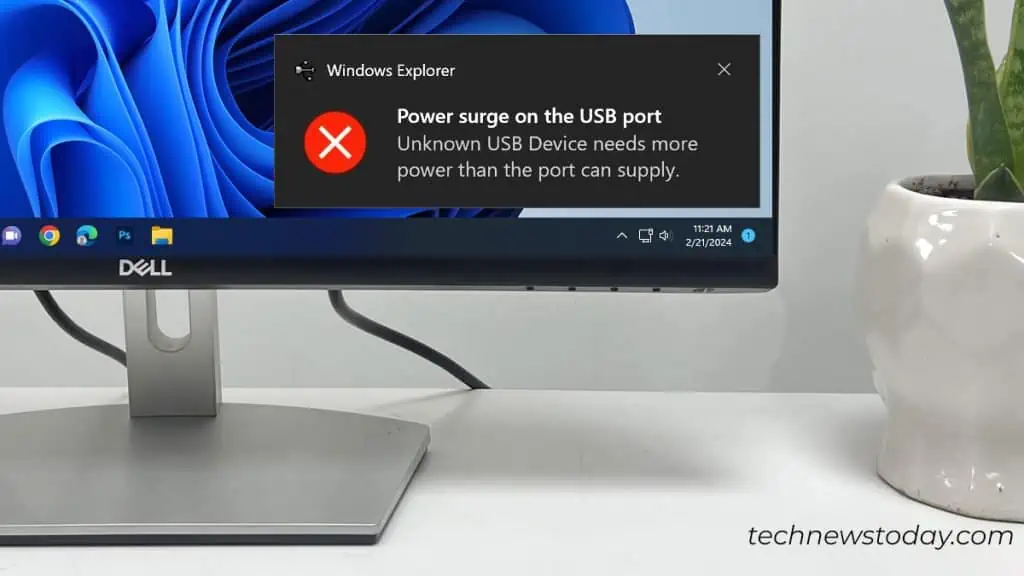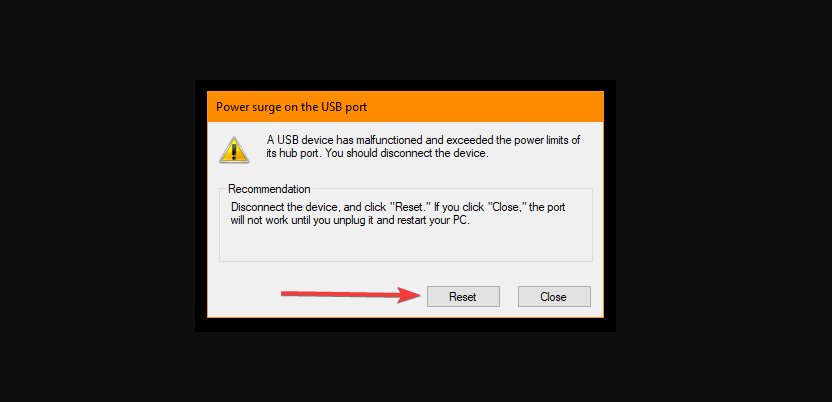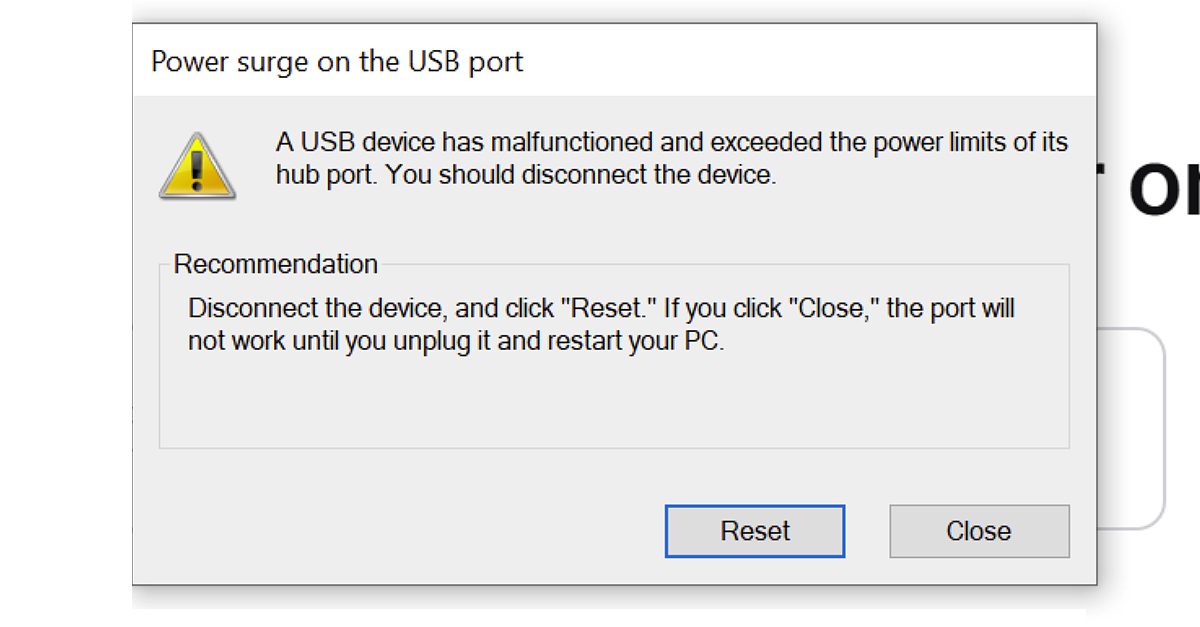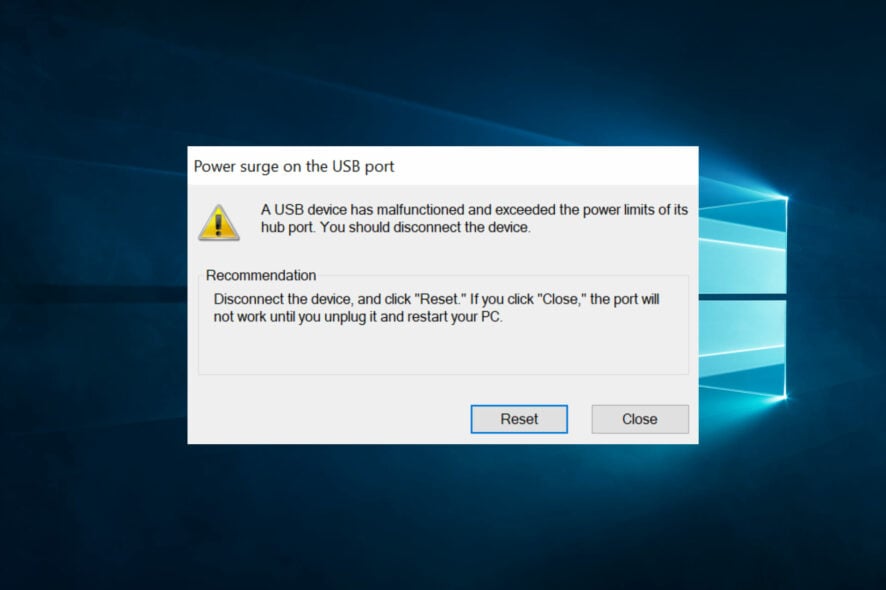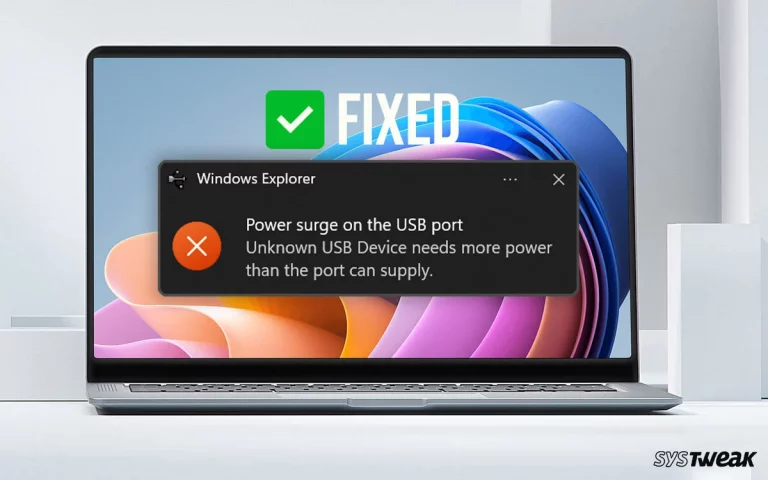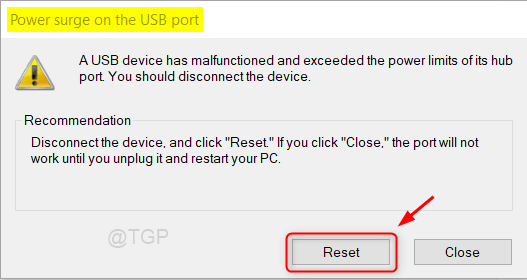Power Surge On Usb Port With Nothing Plugged In
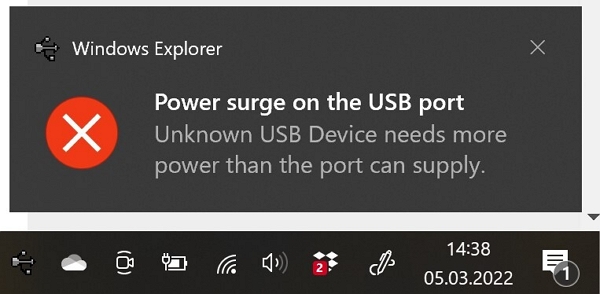
The soft hum of the computer filled the otherwise quiet study, the glow of the monitor reflecting in the darkened window. Suddenly, a sharp, insistent beep pierced the silence, accompanied by a jarring notification on the screen: "Power Surge on USB Port." Except, there was nothing plugged in. A shiver of unease ran down Sarah’s spine. Was this a harbinger of technological doom, or just another quirky glitch in the matrix of modern electronics?
This seemingly isolated incident – a power surge on a USB port with no device connected – is more common than many realize. While often dismissed as a minor nuisance, understanding the potential causes and implications of such occurrences can save you from data loss, hardware damage, and unnecessary frustration.
The Ubiquitous USB: A Brief History
The Universal Serial Bus (USB) has become the undisputed king of connectivity. Introduced in the mid-1990s, USB revolutionized how we connect devices to our computers. Before USB, a chaotic array of ports and connectors plagued the computing landscape.
Serial ports, parallel ports, keyboard ports, mouse ports – each requiring its own specific connector and often conflicting with one another. USB simplified everything, offering a single, standardized interface for a wide range of devices, from printers and scanners to mice, keyboards, and external hard drives.
Over the years, USB has evolved through various iterations, each offering increased speed and power delivery capabilities. USB 2.0, USB 3.0, USB-C – each generation has pushed the boundaries of what's possible, enabling faster data transfer rates and the ability to power more demanding devices.
Decoding the "Power Surge" Message
The "Power Surge on USB Port" error message typically indicates that the USB port has detected an overcurrent situation. This means the port is supplying or attempting to supply more current than it's designed to handle. But what causes this when nothing is connected?
One common culprit is static electricity. Electrostatic discharge (ESD) can occur when there's a buildup of static charge, often from dry air or synthetic materials. Touching a metal object, like your computer case, can discharge this static electricity, and if the discharge happens near a USB port, it can trigger the power surge protection mechanism.
Another potential cause is a faulty USB port. Over time, the delicate components within a USB port can degrade or become damaged. This can lead to short circuits or other electrical anomalies that trigger the power surge error. Internal shorts in the motherboard itself are also rare but possible.
Delving Deeper: Potential Causes and Solutions
Software Glitches
Sometimes, the problem isn't hardware-related at all. A software glitch in the operating system or the USB drivers can misinterpret the port's status and generate a false error message. Updating your operating system and USB drivers to the latest versions can often resolve these software-related issues.
Hardware Issues
If the problem persists after updating your software, it's more likely to be a hardware issue. Inspect the USB port carefully for any signs of physical damage, such as bent pins or loose connections. A can of compressed air can sometimes help remove dust and debris that may be causing a short circuit. If you suspect a faulty port, consider disabling it in your BIOS settings or contacting a qualified technician for repair.
Power Supply Problems
In rare cases, a failing power supply unit (PSU) can cause erratic voltage fluctuations that trigger power surge errors on USB ports. If you've ruled out other potential causes, consider testing your PSU with a multimeter or consulting a professional to determine if it's the source of the problem.
External Factors
Electrical interference from nearby devices can sometimes interfere with USB port functionality. Keep your computer away from sources of electromagnetic interference, such as power lines, microwave ovens, and poorly shielded electrical cables. Also, ensure your computer is properly grounded to prevent static electricity buildup.
The Significance of Proper USB Port Management
While a "Power Surge on USB Port" error might seem like a minor inconvenience, it's important to address the issue promptly. Ignoring these warnings can lead to more serious problems, such as data loss, hardware damage, or even a complete system failure. Furthermore, repeated power surges can degrade the lifespan of your USB devices and the USB ports themselves.
By understanding the potential causes and implementing preventative measures, you can minimize the risk of encountering these errors and protect your valuable data and hardware. Regularly backing up your data, keeping your software updated, and taking precautions against static electricity are all essential steps in maintaining a healthy and stable computing environment.
Prevention is Key
Prevention is always better than cure. Investing in a good quality surge protector is a wise decision. These devices protect your computer and other electronics from power surges and voltage spikes that can damage sensitive components. Use USB hubs with built-in surge protection. These hubs can help isolate your computer's USB ports from external power surges.
Always handle electronic components with care, avoiding contact with static-generating materials. Consider using an anti-static wrist strap when working inside your computer case. Keep your work area clean and free from dust and debris that can cause short circuits. Regularly cleaning your computer and its peripherals can help prevent a buildup of static electricity and other contaminants.
Beyond the Beep: A Broader Perspective
The seemingly insignificant "Power Surge on USB Port" error serves as a reminder of the complex interplay between hardware, software, and the environment in our increasingly digital world. It underscores the importance of understanding the technology we rely on and taking proactive steps to protect ourselves from potential problems.
In a world where data is king, and our lives are inextricably linked to technology, taking care of our devices is not just a matter of convenience, it's a matter of safeguarding our information and ensuring our continued access to the digital realm.
So, the next time you hear that dreaded beep and see the "Power Surge" message, don't panic. Take a deep breath, assess the situation, and remember that with a little knowledge and a few simple precautions, you can navigate the quirks of modern technology and keep your digital world running smoothly.


